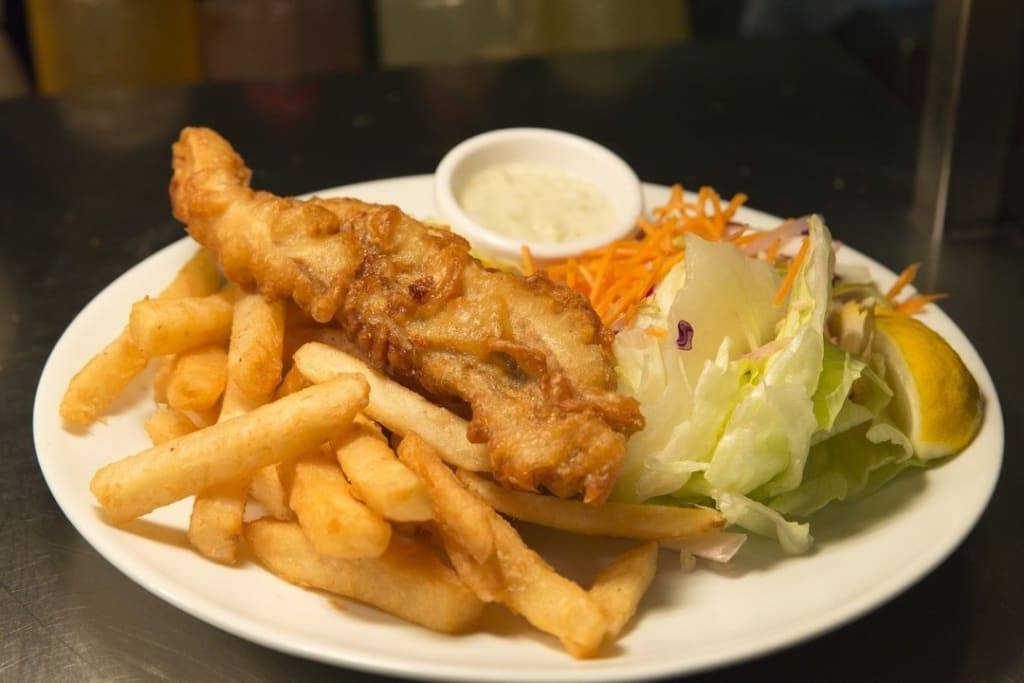Flavour is at the heart of any memorable meal. While food may nourish us physically, flavour satisfies our senses and connects us to culture, memories, and emotions. But what makes food flavourful? And how can we amplify flavours to elevate even the simplest dishes? Unlocking the secrets of flavour involves more than simply following recipes; it requires understanding the scientific processes that make certain foods more delicious than others. From chemical reactions to sensory perception, this article delves into the science of flavour and offers practical tips to boost taste in every bite.
Understanding Flavour: More Than Just Taste
Feeding the Fiy is often confused with taste, but it’s a far more complex experience. While taste is one component, primarily perceived through taste buds on the tongue, flavor also involves aroma, texture, temperature, and even sound. Scientists estimate that 80-90% of what we perceive as flavour is actually smell, which explains why food tastes bland when we have a stuffy nose. The primary tastes—sweet, salty, sour, bitter, and umami—are detected by taste buds, but these tastes are enhanced and transformed by a food’s aroma.
When we eat, molecules in food interact with taste receptors on our tongue and with olfactory receptors in our nose. These receptors send signals to the brain, which processes these different sensory inputs into a cohesive experience we call flavour. Understanding this interaction opens up numerous possibilities for intensifying flavour by manipulating ingredients, aromas, and cooking techniques.
Boosting Flavour Through Chemical Reactions
The way we cook food significantly affects its flavour, thanks in large part to chemical reactions that occur when food is heated or otherwise transformed.
1. The Maillard Reaction
One of the most well-known flavour-enhancing processes is the Maillard reaction. This occurs when amino acids and reducing sugars in food react at high temperatures, creating hundreds of new flavour compounds that give foods a savoury, complex, and browned taste. Foods like toasted bread, seared meats, and roasted coffee all owe their rich flavours to this reaction.
To use the Maillard reaction to your advantage:
Use high heat: Searing or roasting at a high temperature can help initiate the Maillard reaction, creating a crispy, caramelized crust.
Dry the surface of meats and vegetables before cooking: Moisture slows down browning, so patting food dry before cooking speeds up the process.
Avoid overcrowding the pan: If too much food is in the pan, moisture can accumulate, preventing browning.
2. Caramelization
Caramelization is another chemical reaction, though it specifically involves the breakdown of sugars at high temperatures, resulting in sweet and nutty flavours. Caramelized onions, roasted carrots, and even caramel itself are all products of this reaction.
To achieve optimal caramelization:
Use medium to high heat with a bit of patience: Allow foods to slowly turn golden without stirring too frequently, letting sugars naturally break down and enhance the sweetness.
Experiment with different sugars: Different types of sugars (white sugar, brown sugar, or natural sugars in vegetables) will caramelize differently, creating unique flavours.
3. Deglazing and Reductions
Deglazing a pan with wine, broth, or vinegar can add depth to sauces by lifting the flavourful, browned bits (fond) left from cooking proteins. Similarly, reducing sauces by simmering them down intensifies their flavours by concentrating the ingredients.
To intensify flavours through deglazing:
Use liquids with bold flavours: Wine, vinegar, and broth are all great choices, as they not only add their own flavours but also dissolve the browned bits on the pan, enriching the sauce.
Simmer sauces to reduce and thicken: This technique works especially well with soups and sauces, creating a richer and more robust final product.
Leveraging Umami for Deep Savoury Flavours
Umami, often described as the “fifth taste,†is essential to making dishes taste satisfying and full-bodied. Naturally present in foods like tomatoes, mushrooms, aged cheese, and soy sauce, umami enhances the savoury quality of a dish and balances other flavours.
To maximize umami in your cooking:
Add fermented ingredients: Fermentation enhances umami through natural breakdown processes. Try adding a splash of soy sauce, fish sauce, or miso paste.
Incorporate dried ingredients: Dried mushrooms, tomatoes, and seaweed are packed with umami and can add depth when rehydrated or used in stocks and sauces.
Experiment with aged foods: Aged cheeses, cured meats, and certain pickled foods have concentrated umami flavour's. A sprinkle of Parmesan or a slice of prosciutto can go a long way in boosting taste.
Amplifying Flavour with Salt, Acid, and Fats
Balancing salt, acid, and fats is key to unlocking the best flavour's in your ingredients.
1. Salt: More Than a Seasoning
Salt is one of the most effective flavour enhancers, as it increases our perception of sweet and umami flavours while also balancing bitterness. Salt draws out moisture, which can improve texture, especially in vegetables and proteins, making flavours more intense.
To use salt effectively:
Season gradually and taste as you go: Start with a small amount, as it’s easier to add more salt than to fix over-salting.
Use different types of salt: Finishing salts (like flaky sea salt) add texture, while kosher salt is ideal for even seasoning.
2. Acid for Brightness and Balance
Acidic ingredients like citrus juice, vinegar, and tomatoes can brighten and balance flavours, helping cut through richness and adding complexity.
To incorporate acid:
Add a splash at the end of cooking: Acidity can easily overpower a dish, so add it at the end for just the right amount of tang.
Experiment with different acids: Each acid has its unique flavour profile; for example, lemon adds freshness, while balsamic vinegar gives sweetness.
3. Fats for Richness and Mouthfeel
Fat carries flavour and provides a luscious mouthfeel, as it interacts with our taste buds differently from water-based ingredients. It also helps disperse aromatic compounds, enhancing the flavour of herbs and spices.
To use fats for flavour:
Use oils and fats with distinct flavours: Extra virgin olive oil, sesame oil, and butter each have unique flavours that can enhance dishes.
Pair fats with aromatic herbs and spices: Infuse oils with garlic, rosemary, or chili for extra layers of taste.
Enhancing Flavour with Fresh Herbs and Spices
Herbs and spices are powerful tools for adding aroma, depth, and warmth. While they don’t impact taste directly, they significantly affect our perception of flavour.
1. Using Fresh Herbs
Fresh herbs, like basil, cilantro, and parsley, add vibrant flavours and aromas, especially when added at the end of cooking or as garnishes. For dishes with long cooking times, hearty herbs like rosemary and thyme can be added early to infuse their essence.
2. Toasting and Blooming Spices
Spices release essential oils when heated, intensifying their flavours. Toasting spices briefly in a dry pan or blooming them in hot oil before adding other ingredients brings out their full aromatic potential.
3. Combining Herbs and Spices Thoughtfully
Different herbs and spices can balance or enhance one another. For example, cumin’s earthy flavour is balanced by the sweetness of cinnamon, while cilantro’s brightness complements cumin and chili in Mexican dishes.
The Role of Temperature and Texture in Flavour Perception
Temperature and texture have a profound impact on how we perceive flavour. Warm food tends to have more intense aromas, while cold food can dull certain flavours. Texture also influences flavour perception, as creamy, crunchy, or chewy elements add layers of sensory enjoyment.
To play with temperature and texture:
Serve foods at the ideal temperature: Let cooked food cool slightly before serving, as overly hot food can mask flavours.
Contrast textures in a dish: Combining crunchy and creamy or soft and crispy elements can elevate a dish by making it more dynamic.
Conclusion: Crafting Flavour with Science
Feeding the Fiy combines chemistry, sensory perception, and cooking techniques to transform simple ingredients into an unforgettable meal. By understanding the role of chemical reactions, balancing tastes, leveraging umami, and using temperature and texture strategically, you can elevate your cooking and make each bite a flavourful experience. Whether you're creating a complex dish or enhancing everyday meals, these techniques will empower you to maximize flavour and bring your culinary creations to life.


